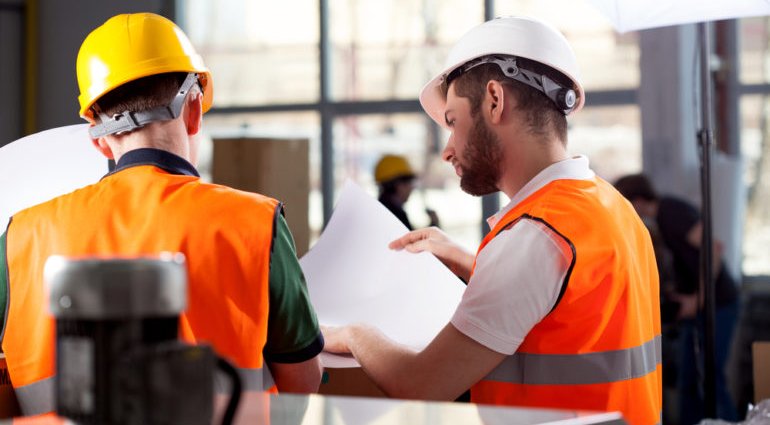Recognising the significance of worker safety in today’s workplaces is crucial for preventing harm. This is made possible in large part by protective workwear, which offers vital defence against a variety of on site hazards.
Whether you work in construction, healthcare, manufacturing, understanding the importance of protective workwear is key to worker safety environment. This blog aims to explore the core elements of protective workwear and why they matter.
Importance of workwear
1. Enhances safety
Protective workwear acts as the first line of defence against a variety of workplace risks.
The workwear is designed to lessen the likelihood of accidents and reduce the severity of injuries caused by physical impacts to chemical exposures. For instance wearing appropriate equipment such as hard hats, steel-toed boots and high-visibility clothing can prevent head, body and foot injuries on construction sites where heavy machinery and falling debris are common.
2. Legal requirement
Safety laws that necessitate the use of specific protective workwear apply to many industries. These laws are designed to shield workers from known dangers and ensure employers compliance with maintaining a secure and safe working environment. In addition to potential fines, noncompliance with the set regulations may risk workers’ lives. Organisations may reduce potential liabilities and show their commitment to worker welfare by following regulations and providing up to date protective workwear.=
3. Health protection
Beyond the immediate safety concerns, some work environments pose long-term health risks to workers. For example, exposure to chemicals or hazardous substances can lead to respiratory diseases. Protective workwear such as gloves, specialised clothing and respirators can act as a barrier, safeguarding workers health over time.
Key elements of protective workwear
1. High-visibility clothing
In places like construction sites, or warehouses where visibility is critical for safety, high visibility clothing is a must. These clothes usually have reflective strips and fluorescent colours to improve visibility in low light. By keeping workers noticeable to others, high visibility coveralls, vests and jackets lower the chance of mishaps and collisions. Moreover, high visibility clothing can be customised to suit each individual organisation, enhancing identity recognition and reinforces safety protocols by ensuring workers are easily identifiable in a working environment.
2. Head protection
Among the most frequent and serious injuries sustained at work are head injuries, especially in the construction sector. Standard protective gear, such as hard hats or helmets are made to absorb the impact and shield the skull from devastating injuries.In colder climates, workers often wear balaclavas alongside their helmets to shield themselves from cold conditions, providing additional protection and ensuring comfort throughout their day.
3. Eye and face protection
The eyes and face are vulnerable to a variety of workplace hazards including, chemical splashes and flying debris. Ensuring proper protection is crucial in preventing worker injury.
Examples of protective eyewear include welding helmets, safety glasses and face shields. These tools safeguard workers’ vision whilst preventing injuries that might damage their faces or impair their vision, enabling them to carry out their jobs safely.
4. Respiratory protection
Respiratory protection is necessary in environments with airborne contaminants to avoid breathing in harmful particles. Depending on the type of hazard, different respiratory protection is needed;for dust protection disposable masks are used, and for chemical exposure, full-face respirators are needed.
5. Hand and food protection
Workplace injuries to the hands and feet are common and include cuts, punctures and crushing injuries. To protect against these risks, protective gloves and specialised footwear like steel-toed boots or chemical-resistant shoes are essential.
Choosing the right protective workwear
When choosing protective workwear, it’s important to consider the particular risks that exist in your workplace and the industry laws and regulations that must be followed. To ensure workers consistently wear their protective workwear, comfort and functionality must be prioritised.
To ensure workers safety, high-quality protective equipment must be purchased to further foster a culture of safety within the workplace. To decrease the risk of injuries, employers can empower workers by offering thorough training on the use of protective workwear.
Conclusion:
Employing protective workwear is fundamental in ensuring workplace safety. Through the integration of high quality protective equipment and clothing into your safety protocols, you can create a safe organisation where workers feel protected. Additionally, prioritising safety through workwear not only increases workplace safety but the success of the organisation.











